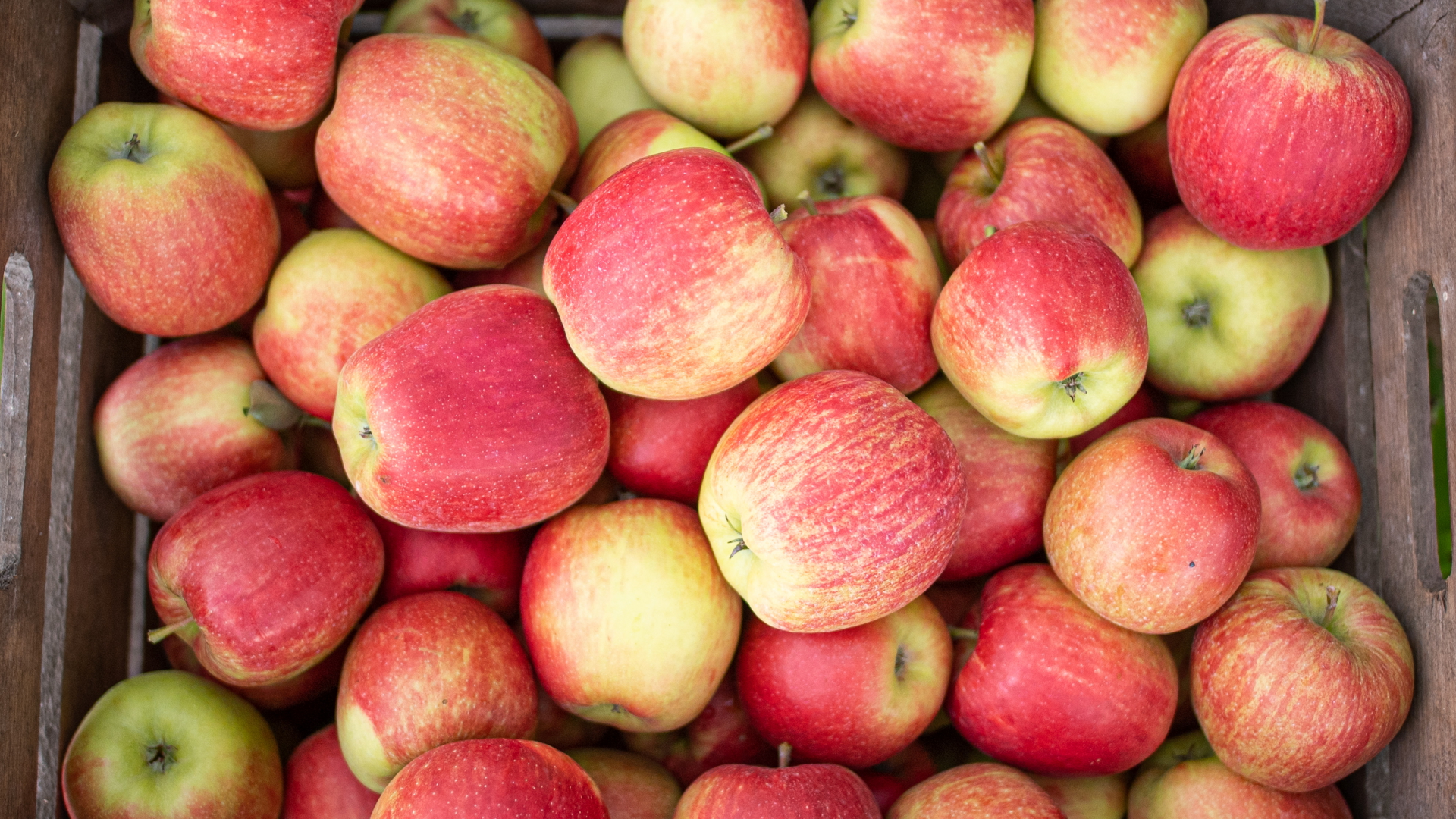Status: 09/26/2022 08:26 AM
The climate crisis threatens the apple harvest of German fruit growers. Too early flowering and intense sunlight cause problems. Severe weather early warning systems must address the situation.
Set your weather alarm quickly before you go to bed: It’s the nighttime ritual of Hein Lühs from Jork in the Altes Land. He grows fruit on an area of \u200b\u200b40 hectares, mostly apples, and they need special care. If it rains heavily at night, alarm bells will ring immediately and the Lühs will wake up from their sleep. A fruit farmer has purchased a weather station for his farm: an early warning system that provides all relevant weather and climate data – online and in real time.
“Of course, experience plays a key role in my work, but WEA gives you a lot of facts,” says Lühs. He has seven to eight hours after a certain amount of rain to apply a mist to protect his fruit from the infestation of apple scab.
corporate network
About 7,000 companies in Germany grow fruit trees on an area of approximately 48,400 hectares. Apples, as the most important crop, occupy 70 percent of this cultivated area. More than 600 farms are already using a weather early warning system, according to the German Farmers’ Association. upward trend. In addition to temperature and humidity, precipitation, wind speed and direction are measured and leaf humidity is determined. All data can be recalled instantly, including data from farms and other farms. Since the entire fruit growing system is very vulnerable to climatic changes, farmers benefit from this network.
An increased danger to domestic apples is increased solar radiation, which can lead to sunburn. With intense radiation, the projectile burns out. The apples turn brown, become mushy, and ferment their flavour. This fruit can no longer be marketed, it has ripened in the trash. “We’ve never had this problem before,” Obstbauer Lühs says. “There was a risk of getting sunburned for a maximum of one or two days a year. Now we have to spray large amounts of artificial water to cool us down.” In 2019 and 2020, large areas of the Altes Land had to rain for ten days each.
To reduce the risk of sunburn, fruit growers can enter specific values into the early warning system. If the dryness and temperature exceed critical values within a specified period, a signal is automatically sent and the alarm is triggered. In this way, fruit growers can interact in a more targeted manner. In the summer of 2022, the fruit trees of the Altes Land had to be sprayed “only” seven times.
Fruit blossom early and earlier
As a result of climate change, fruit blossoms begin very early in the spring. In the case of “Roter Boskop” this started now three weeks earlier than in 1975, and is even putting the entire crop at risk. Late frosts can cause severe damage to fruit trees. In the case of newly opened buds, where the petals can already be seen, a temperature of less than two degrees is still within the tolerance range. With fully open flowers, the limit is zero degrees.
With the help of an early warning system, fruit growers know exactly when to start watering to protect against frost. A fine mist is distributed over the tree. If the water freezes on the flowers, the heat of crystallization is released. Ice surrounds the flowers like a protective layer and keeps the temperature constant at zero degrees. In this way, flowers and buds are not damaged.
In 2022, orchards have managed to face the consequences of climate change. The Federal Statistics Office expects the apple harvest to be around 1,051,000 tons. Compared to the previous year, the output is expected to be around 46,000 tons and therefore 4.6 percent higher.

“Certified tv guru. Reader. Professional writer. Avid introvert. Extreme pop culture buff.”







More Stories
Samsung Quantum Dot TV: Art meets technology
Pitch: €56m for energy startup Reverion
Plastoplan: Plastics for Energy Transition